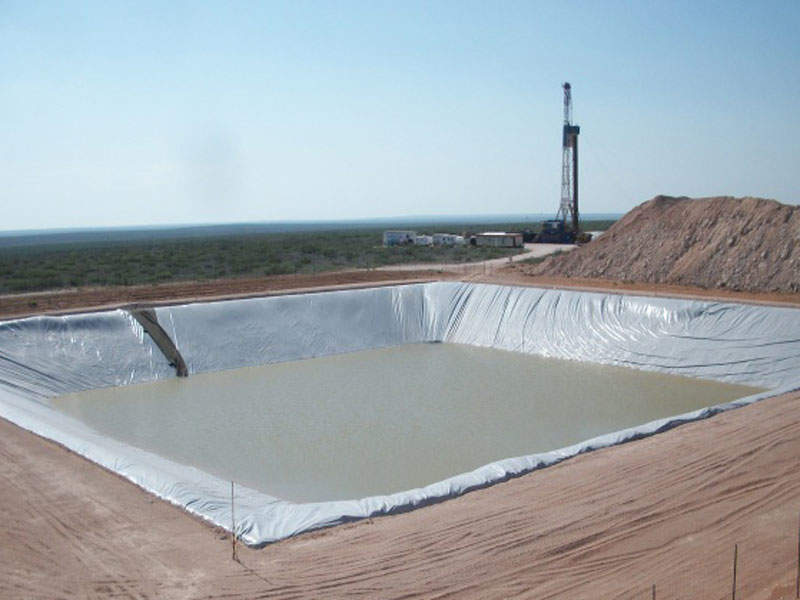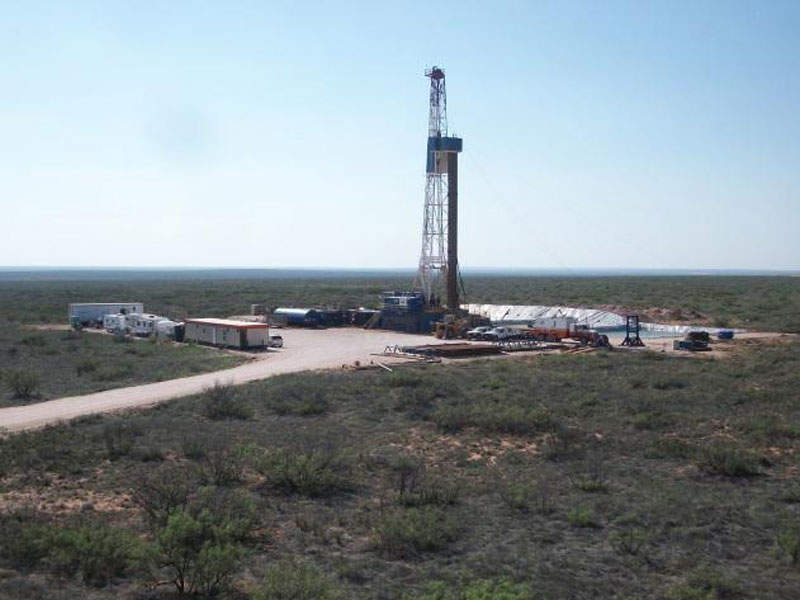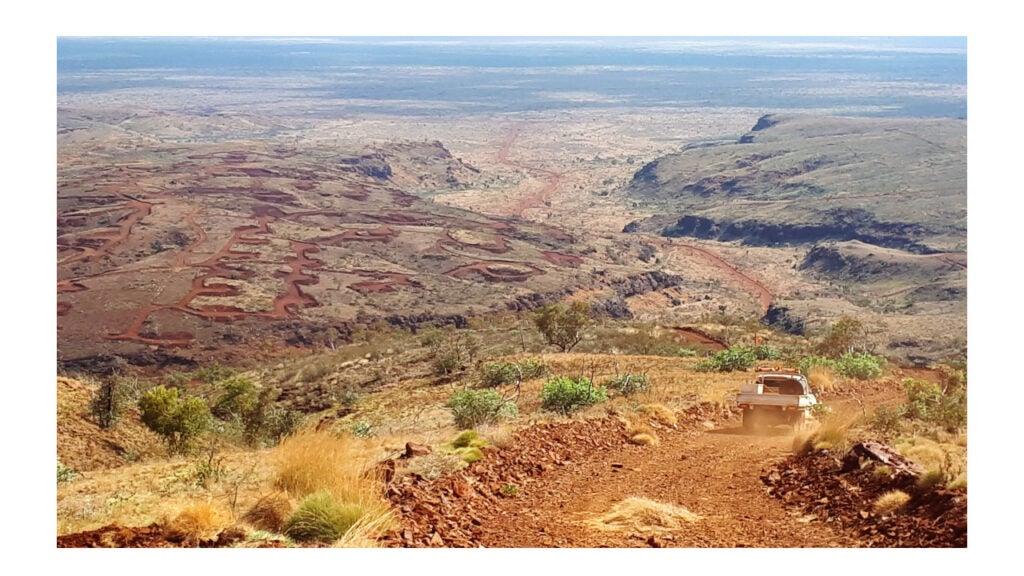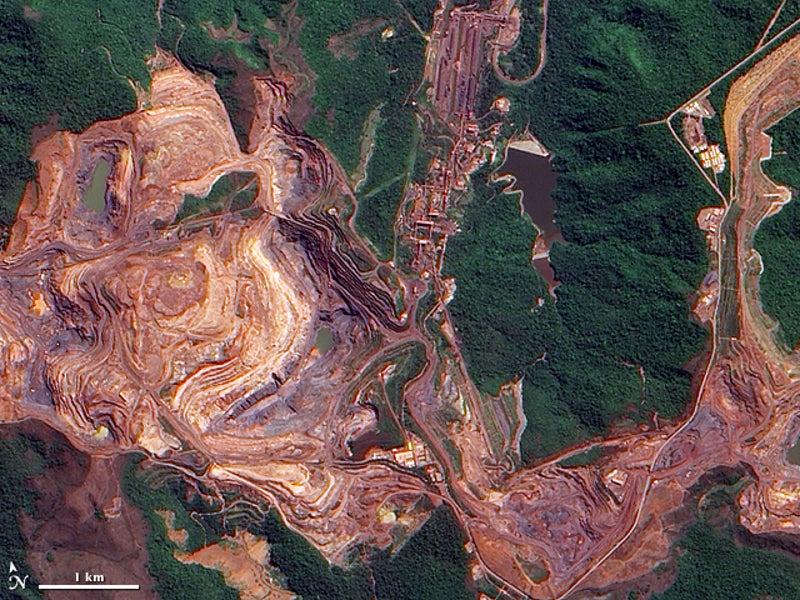The Ochoa Sulphate of Potash (SOP) project is a new underground mine being developed in Lea County, New Mexico, US. IC Potash (ICP) fully owns and is developing the project at an estimated capital cost of $1.018bn.
The mine is estimated to produce approximately two million tonnes per annum (Mtpa) of polyhalite through its 42-year life.
The feasibility study for the Ochoa project was completed in January 2014, while the Bureau of Land Management (BLM) approved the project construction in April 2014. The project completed positive preliminary economic assessment (PEA) in November 2016 and is expected to start production in 2019.
Ochoa mine geology
The Ochoa potash mine is located at the north-eastern margin of the Delaware Basin, a structural sub-basin of the large Permian Basin.
The basin is formed on top of Precambrian basement rocks, which contains marine sediments formed during the Paleozoic era. The early-Paleozoic era was dominated by shallow water deposition of limestones and clay contrasting with periods of emergence and subaerial erosion.
The sedimentary sequence of the Delaware Basin is composed of deep water siliciclastics, shelf carbonates, marginal marine evaporites, and terrestrial red beds. The deep-water siliciclastics and shelf carbonates occur well below the horizon of interest.
The primary lithologic units present within the property are the Castile Formation, the Salado Formation, the Rustler Formation, and the Dewey Lake Formation.
The Ochoa polyhalite bed of interest is located within the Tamarisk Member of the Rustler Formation. The Tamarisk Member is composed of three sub-units: a lower basal anhydrite, a middle halitic mudstone, and an upper anhydrite. The Ochoa polyhalite occurs within the basal anhydrite.
Ochoa sulphate of potash (SOP) mine reserves
The Ochoa SOP mine is estimated to contain approximately 182.4Mt of proven and probable reserves grading 78.05% polyhalite.
Mining at Ochoa project
Room-and-pillar and dual split super section methods of mining are proposed to be used at the underground Ochoa mine to extract ore at a nominal rate of 3.7 million tonnes a year.
Mine access will be through a 25ft-diameter, two-compartment, 1,525ft-deep, concrete-lined air shaft and an 8.5° mine slope. The shaft will be used for intake and return air, whereas the slope will be used for intake air and vehicle travel way.
The underground ore will be hauled using 42in belt conveyors in the production panels, and 60in-wide belt conveyors in the mains and slope.
The mining equipment will include heavy-duty drum-type continuous miners, shuttle cars and articulated haulers, and dual-boom roof bolters.
Processing of ore from the Ochoa SOP Mine
Ore mined from the underground mine will be transported to a processing plant located nearby on the surface.
The conventionally mined ore will be processed using polyhalite, water and energy to produce three grades of sulphate of potash (SOP) – soluble, standard and granular.
The ore will be processed by using crushing and washing, calcination, leaching, evaporation and crystallisation along with drying and granulation methods.
The raw polyhalite ore will be processed in a closed-circuit crushing unit, which will be fed into multiple fluidised bed calciners, which provide precise temperature control and cause the ore to become readily soluble in water.
The calcined solids will pass through a two-stage counter-current leach circuit where potassium and magnesium sulphates will be leached using water. The leached brine is then fed to the evaporation and crystallisation circuits where SOP is crystallised.
Following crystallisation, drying and granulation of the crystals produces the final products. The final product will be transported by truck to a load-out facility near Jal, New Mexico, where it will be loaded on to trains and shipped.
Financing and off-take of product from Ochoa
Cartesian Capital Group is investing up to $45m for the development of the Ochoa project. Through a wholly owned subsidiary, Yara International is investing approximately C$40m in ICP.
Yara also entered an off-take agreement to buy 30% of all the products produced at the Ochoa project for a period of 15 years.
Infrastructure facilities at the Ochoa SOP mine
Power supply to the processing and mining facilities will be provided through a new 230kV transmission line from a substation owned by Xcel Energy offsite.
Water supply for the mine will be provided by two groundwater supply wells that were drilled in September 2012.
The load-out facility will be located adjacent to an existing TNMR rail line, connecting to the Union Pacific Railroad at Monahans. To connect to the rail line, the project proposed to construct new railroad and switch assemblies, and a short-line railroad connecting Lovington, New Mexico, to Monahans, Texas, via Jal.
Key players involved with the Ochoa mine development
SNC-Lavalin Group was awarded the contract for performing the feasibility study of the Ochoa sulphate of potash project along with Agapito Associates, and Novopro Projects. SNC-Lavalin will also prepare the cost estimate and assist ICP in the economic analysis of the project.
Other companies involved with the feasibility study include Veolia Water Solutions and Technologies, Resource Development (RDi), Upstream Resources, Hazen Research, INTERA, and Walsh Environmental Scientists and Engineers.
IC Potash appointed Mitsubishi UFJ Financial Group as the financial advisor for the Ochoa SOP project in April 2014. MUFG will participate in the project through its wholly owned banking subsidiaries, the Bank of Tokyo-Mitsubishi UFJ and Union Bank.
Golder Associates prepared the PEA report for the potash mine.







